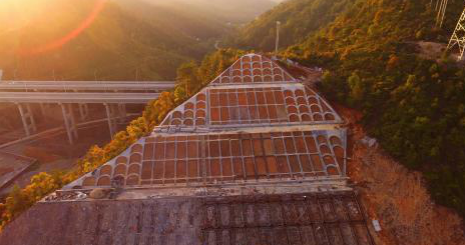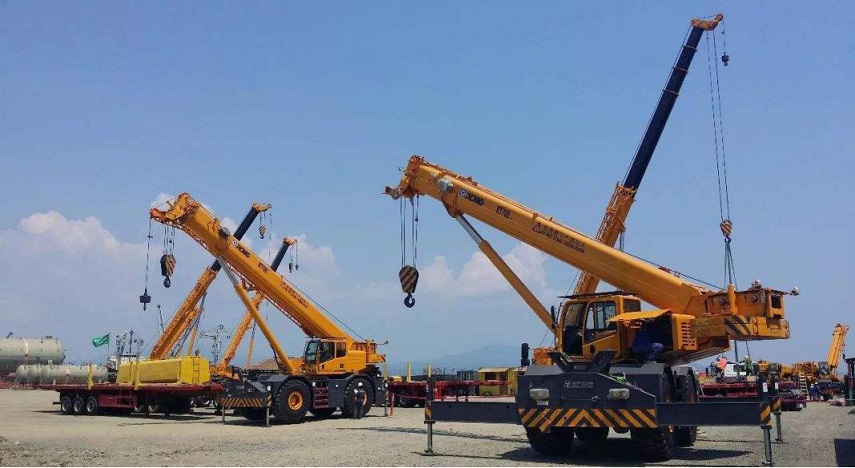The sensor can perform tilt measurement in different fields. It is characterized by miniaturization, intelligence, and systemization. It can convert the information of the measured object into electrical signals or other forms of information output, and integrate the recording, processing, transmission, and processing of information , storage and other functions in one.Tilt measurement of building structureThe ancient buildings in our country have extremely high historical and cultural protection value. Due to the age, some ancient buildings have problems such as tilting and cracking. Traditional cultural relics protection is mainly through manual monitoring with long periods and large errors, and it is impossible to collect dynamic data for analysis.Modern building structures can cause deformation due to physical and geological properties, atmospheric temperature and other natural environments, or their own structure, load effects, and differences in engineering construction and operation management.Bridge health monitoring is an important part of bridge construction. In recent years, bridges have been overturned and collapsed in various places. During the use of the bridge, the structure will change under the influence of external factors, and long-term monitoring of the dynamic characteristics under stress conditions, vibration response, and vehicle load is required.

It is a fast and efficient diagnostic method to use the tilt sensor for automatic tilt measurement, recording, transmission and other operations. Commonly used building monitoring sensors include inclination sensors, level gauges, acceleration sensors, etc., to understand the slow settlement of buildings, real-time monitoring of dynamic changes of the building's swing, inclination, and distortion, establish a comprehensive database, and calculate current and initial values Calculate the deflection angle and amplitude of the building. When the change exceeds the pre-warning value, an alarm can be used to detect in time and take measures to protect it in advance.
Slope measurement of mountain slope
Under the action of wind and rain erosion, crustal movement, man-made impact and other external forces, some structural imbalances of mountains and slopes have caused tilt deformation, cracking, collapse, and even casualties, which have seriously affected people's lives and property.

For such complex geological environment, real-time and effective tilt measurement should be carried out. Sensors can monitor places that are difficult to reach by humans, perform real-time monitoring and early warning of structures, predict the possibility of deformation, and evaluate the risk coefficient, which can improve the emergency response level of accidents and avoid unnecessary casualties and economic losses. The sensor equipment is distributed at the points to be monitored, and sensors at different positions collect and return parameters such as the displacement, tilt, and stress of the deep ground. At present, it can basically realize long-term accurate monitoring, automatic collection and storage, and long-distance transmission.
Tilt measurement of construction machinery equipment
Construction machinery equipment involves multiple industries. Using sensor technology to adjust the equipment's posture and realize automatic control can ensure safe operation and improve work efficiency. Construction machinery such as excavators, aerial work vehicles, lifts, and cranes all need to measure the posture of the equipment itself and moving parts. The above-mentioned vehicle body is large in volume and the mass is mainly distributed in the vertical direction and the balance in the horizontal direction is relatively poor. Once the ground is uneven and the vehicle body shakes, it is easy to cause a rollover accident and threaten the personal safety of the operator.

In order to prevent overturning accidents, a dual-axis inclination sensor can be installed on the equipment chassis to measure the inclination angle of the chassis in all directions, and the long arm can be installed to measure the lifting height to prevent the entire equipment from overturning due to excessive height and ensure the safety of the operation process.
Sensors are often in harsh and complex environmental conditions when they are applied for tilt measurement, so their operating temperature range, anti-interference, and protection level are strict. With the development of the sensor industry and the accumulated experience in practical applications, the current products not only have a wide range, but also have high precision, small size, and strong comprehensive capabilities, which can fully meet the application requirements of different scenarios.

 +86 189 2129 2620
+86 189 2129 2620
+86 176 0611 8008 sales@bwsensing.com
sales@bwsensing.com














